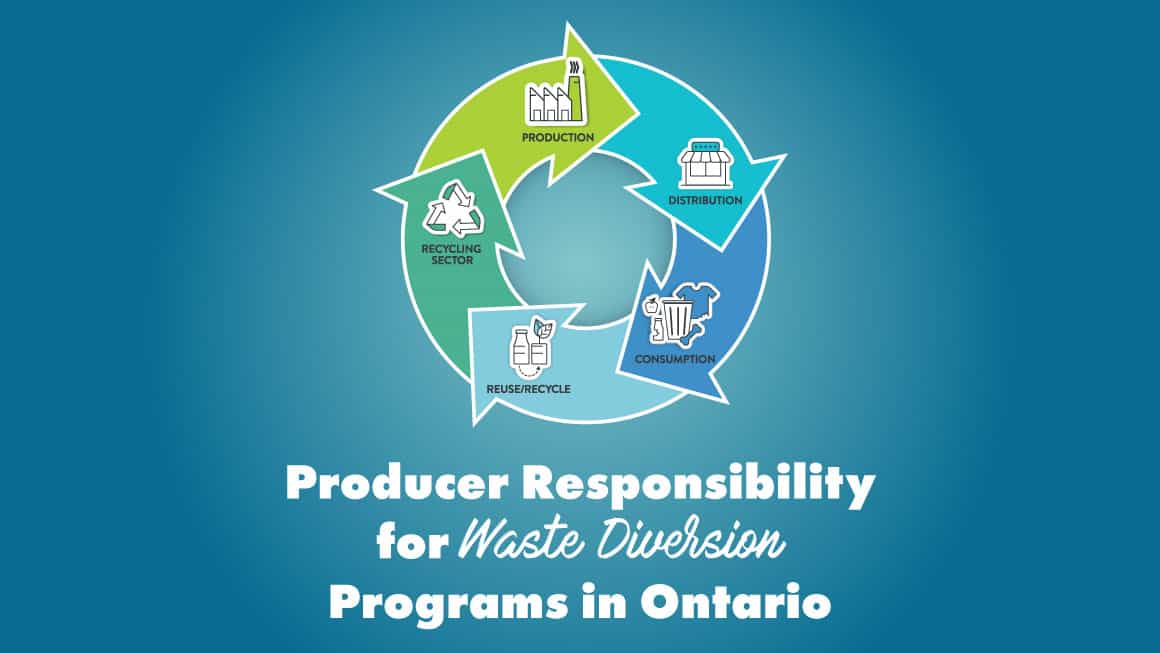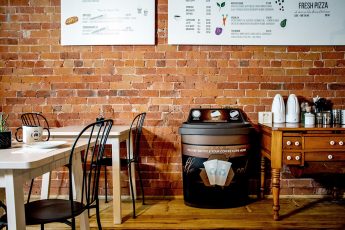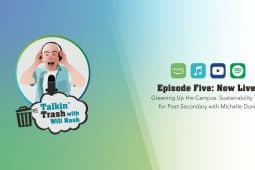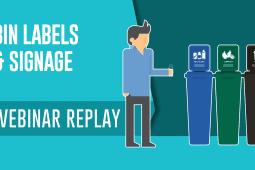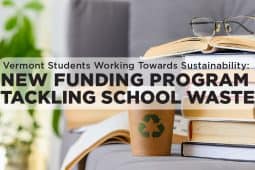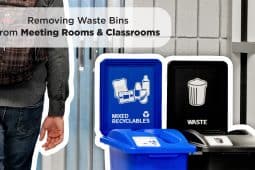Since 2018, the province of Ontario has been taking significant steps to build a cleaner and healthier environment for future generations. Here we are going to take a look at these steps and understand the idea of Producer Responsibility for Waste Diversion Programs in Ontario.
What is Extended Producer Responsibility?
Before we get into the steps that Ontario, Canada and the rest of the world are taking, we should first understand the idea of Extended Producer Responsibility. As explained by the Toronto Environmental Alliance, Extended Producer Responsibility (EPR) is the principle that the companies that put products on the market should be responsible for the full life cycle of those products and packaging. By making them responsible, they have more incentive to make less waste, and to recycle more. In turn, companies should start to design products that are less toxic, more recyclable, or more durable, to avoid the waste costs that they are now responsible for paying.
EPR is not a new concept – it has been used around the world for years. Most notably, countries in the European Union have had EPR policies for more than 30 years!
Making Recycling Easier
The purpose of these steps, those taken and ones that are still in the planning phase, are to put forth the responsibility of product producers to manage and pay for the full life cycle of their products in order to make recycling easier for the province. Some of the steps that have taken place were on a smaller scale and easier to implement over a shorter period of time such as the Ontario Deposit Return Program for beverage and alcohol containers which is an incentive to return these containers to the correct retailers in return for credit or a small amount of money back, or the Used Tires program’s transition to the Tire Collection Network making producers responsible for creating a convenient free tire collection network across Ontario.
Next Steps
In addition to these fast-acting steps the province of Ontario has taken regarding producer responsibilities, there are some other steps that had a longer timeline to ensure each transition is completed smoothly. Of these steps within the transition timeline that have been mentioned, the first step that took an extended period of time to follow through with is that of Ontario’s new Municipal Hazardous or Special Waste Program. This program focuses on the proper recycling or disposal of paint, antifreeze, batteries, fertilizers, and/or other hazardous materials. The program ensures that all hazardous waste is properly stored, transported, recycled, recovered, and/or disposed of. The province’s transition model saw producers taking responsibility for the recycling and disposal of battery materials on July 1st, 2020, whereas the responsibility of all other hazardous materials transitioned on September 30th, 2021. With this transition, the hazardous waste program reporting has now shifted to the Resource Productivity and Recovery Authority’s digital service which in turn has made reporting easier and faster, enabling the reporting to be timelier and more accurate.
E-Waste
The next step within the transition process, that happened simultaneously as the province’s Municipal Hazardous or Special Waste Program, was that of the Waste Electrical and Electronic Equipment Program. The purpose of this program is to ensure that electronic devices such as computers, televisions, stereos, phones, etc. are properly recycled so that their parts can be re-used in other future devices. Ontario’s Waste Electrical and Electronic Equipment Program transitioned to the Producer’s responsibility on January 1st, 2021, with the producer being responsible for the reuse and repurposing of electronic materials. Ontario also provides a long breakdown regarding their Waste Electrical and Electronic Equipment Program that breaks down producer responsibilities, promotion and education, and auditing and record keeping among other aspects. You can download or print a copy of Ontario’s Resource Recovery and Circular Economy Act regarding Electrical and Electronic Equipment filed September 2020 here.
Changing the Blue Box Program
Following the changes within the province of Ontario, the next program to transition to producer responsibility, which the transition is still on-going at the time of this writing, is that of the Blue Box Program. Originating in the Waterloo Region in 1981, the Blue Box Program focuses on the recycling of paper, plastic, glass, aluminum, and steel items making it the first curbside recycling program in the world. As of July 1st, 2023, the responsibility of the Blue Box Program has already transitioned to the packaging producers, making them fully responsible for providing the blue box service to the first set of municipalities and First Nations reserves; the expectation is for the Blue Box Program to fully transition to the producer’s responsibility by December 31st, 2025. This makes the brand owners responsible to not only place their items into circulation, but also to retrieve, collect, and reuse their materials based on targets made by the province of Ontario; this responsibility would see producers providing the blue box service provincewide to all of those in Ontario. A detailed breakdown on the Ontario’s Blue Box Program mediation process can be found here.
Additional Benefits of Extended Producer Responsibility
So why is there such a push for the responsibility of these programs to be that of the producers? Producer responsibility assists with the costs of managing products and packaging at their end-of-life; materials can be recycled and reused until the materials are broken down to a point that they are disposed of, mitigating unnecessary waste while also avoiding further mining and other extraction methods. Producer responsibility also saves the taxpayers money as the funding to manufacture and reuse these products and/or packaging becomes that of the producer themselves which, in turn, also drives an incentive on the producer to try to redesign their products to make them easier to recycle as a whole thus making the entire process as environmentally friendly and cost effective as possible.
Producer Responsibility Around the World
Producer responsibility in other countries has been gaining momentum as well. In the United States, in July of 2021, Maine became the first state that began to enforce producer responsibility by having producers pay into a stewardship fund, the amount based on packaging weight, how recyclable the material is, and proper disposal methods on packaging. This plan, at the time of writing, hopes to have this program in full effect in 2024 with producers sending funding to participating local governments to assist in offsetting recycling costs. In addition to Maine’s producer responsibility enforcement, Oregon began to do the same in August of 2021 with other states including New York and Maryland to explore options of their own. With regards to Oregon, their stance will require brands to join producer organizations to submit their outlines to the State Department of Environmental Quality with regards to their support with statewide recycling.
Outside of North America, other countries have been implementing their own versions of producer responsibilities with regards to recycling as well. South Korea has seen an increase of 62% in volume of recycled products and packaging since enforcing their own program. In addition, countries within the EU such as Germany, Sweden, and France are working on finalizing their own laws regarding producer responsibility with the aim of having these implemented by 2025. Other European countries that are outside of the EU are doing their own part as well. Switzerland, though they have yet to fully implement a producer responsibility framework similar to that as the EU, have established requirements regarding specific products such as batteries, packaging, and electronics. These requirements include an obligated pre-paid fee for producers to assist in financing the disposal of products, the responsibility of retrieving products to end their lifecycle, and the obligation to provide information on how to properly dispose of the products.
Sources
Made in Ontario Environment Plan, Ontario.ca
Producer Responsibility Ontario’s Waste Diversion Programs, Ontario.ca
Reflecting on the Blue Box, a Tribute Video
Hazardous Waste Management, Ontario.ca
Ontario Laws and Regulations, Ontario.ca
Renewing the Blue Box, Ontario.ca
Overview, Extended Producer Responsibility, Canada.ca
Comparing EPR Regulations, Europe
Who Pays to Recycle Our Waste, a news article on Bloomberg.com
